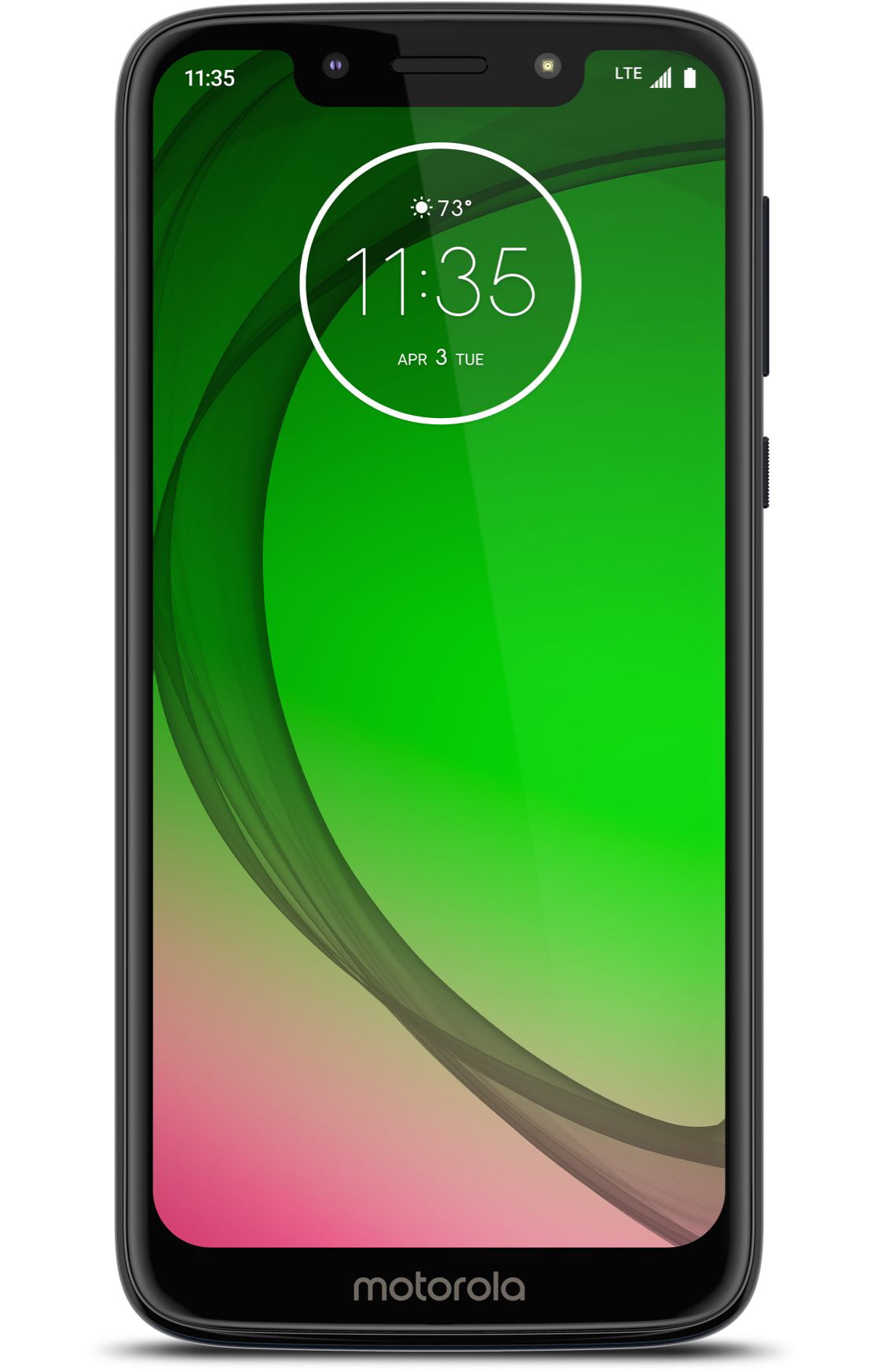


I want to be able to drag pics from Google Photos into a Facebook album, for example, even if it is a feature that I may personally never use. If Multi-Window is to take off, such inter-app communication needs to happen on a wider and deeper scale. This is the big one, and provides a view of how we may use Android apps in the future. In a handful of Google apps, you can actually drag and drop images and text from one pane to the other. And given how long we’ve been waiting for this feature, its application seems disappointingly prosaic – until you look closer. It should take only a minor tweak on the developer’s part to get virtually all apps Multi-Window-ready. Android tells you “this probably won’t work” with most apps at the moment, but I was surprised to discover that in the silly-but-addictive 3D obstacle course Faily Brakes it works fine. Using the Pixel C, Multi-Window makes your Facebook feed’s contents disappear completely. The importance of it coming to Android 7.0 Nougat, though, is that soon it will work with almost all apps. So far, this is almost exactly like the multi-window implementations we’ve seen in the past. It fills the spare half of the screen and you can alter how much space each app receives by dragging the border between them back and forth. YouTube and Settings: A truly dreadful use of Multi-Window You flick through this app Filofax and then tap the app you want. This splits the screen in half, with the new half then displaying the usual app-switching carousel. You start Multi-Window multi-tasking by long-pressing the square soft key that normally lets you flick between apps quickly. Google’s application of Multi-Window makes far more sense now that 5.5-inch phones cost as little as £150 – and you’d hope that its implementation is far more slick. It’s almost funny to think that the feature that once had people accusing Samsung of overloading Android is now becoming a core part of the system. The Samsung Galaxy S2, released in 2011, featured the “two apps on screen at once” multi-tasking capability that Google has just added to this update. I say “finally” because I remember using something similar in an Android device so long ago that the memory sits in a hazy fog. On-screen multi-tasking has finally been added to Android. We’ll start with a flashy tentpole feature, one that you may well have met before. Android 7.0 Nougat’s goals are more about preparing for the future of Android app development, adding little tweaks here and there, with the end result being that in use your device will feel faster. If you’ve been hankering after a super-flashy revamp to make it seem we’ve entered a new era of Android, you may be disappointed. If this is the case, there’s one question you’ll want answered: is this Android OS update actually worth getting excited about?

However, depending on the device you have, there’s a good chance you’re still waiting. The upgrade first became available for phones in August 2016. Android 7.0 Nougat is the major revision of Android for 2016/2017.


 0 kommentar(er)
0 kommentar(er)
